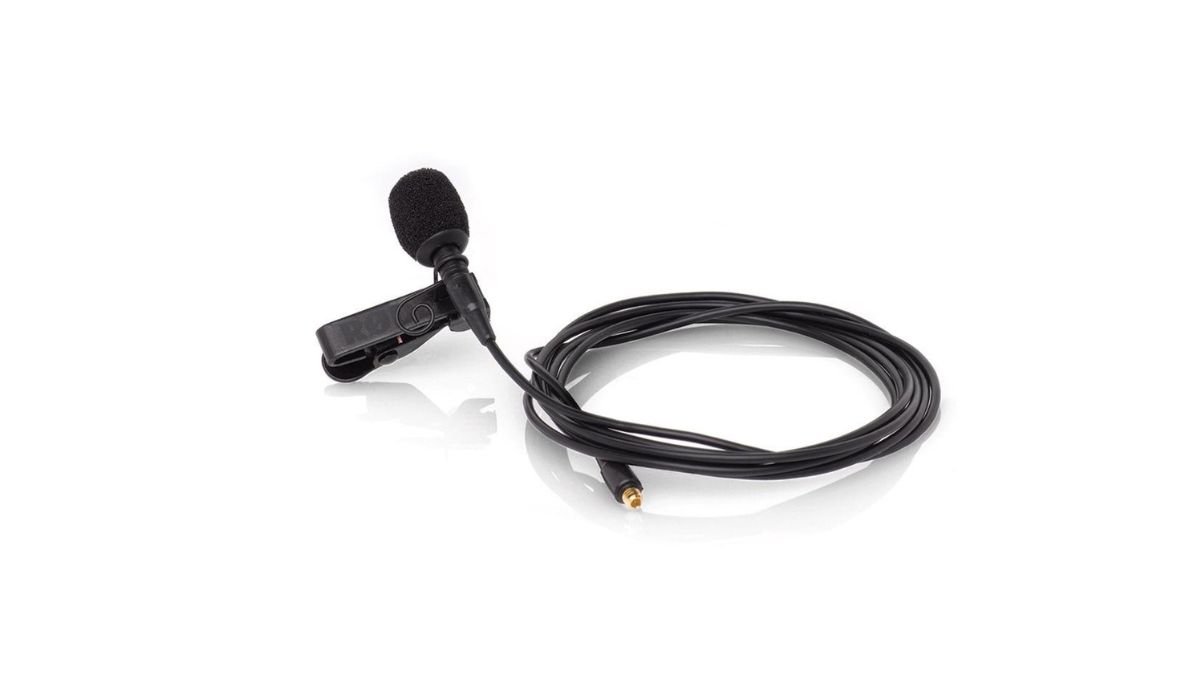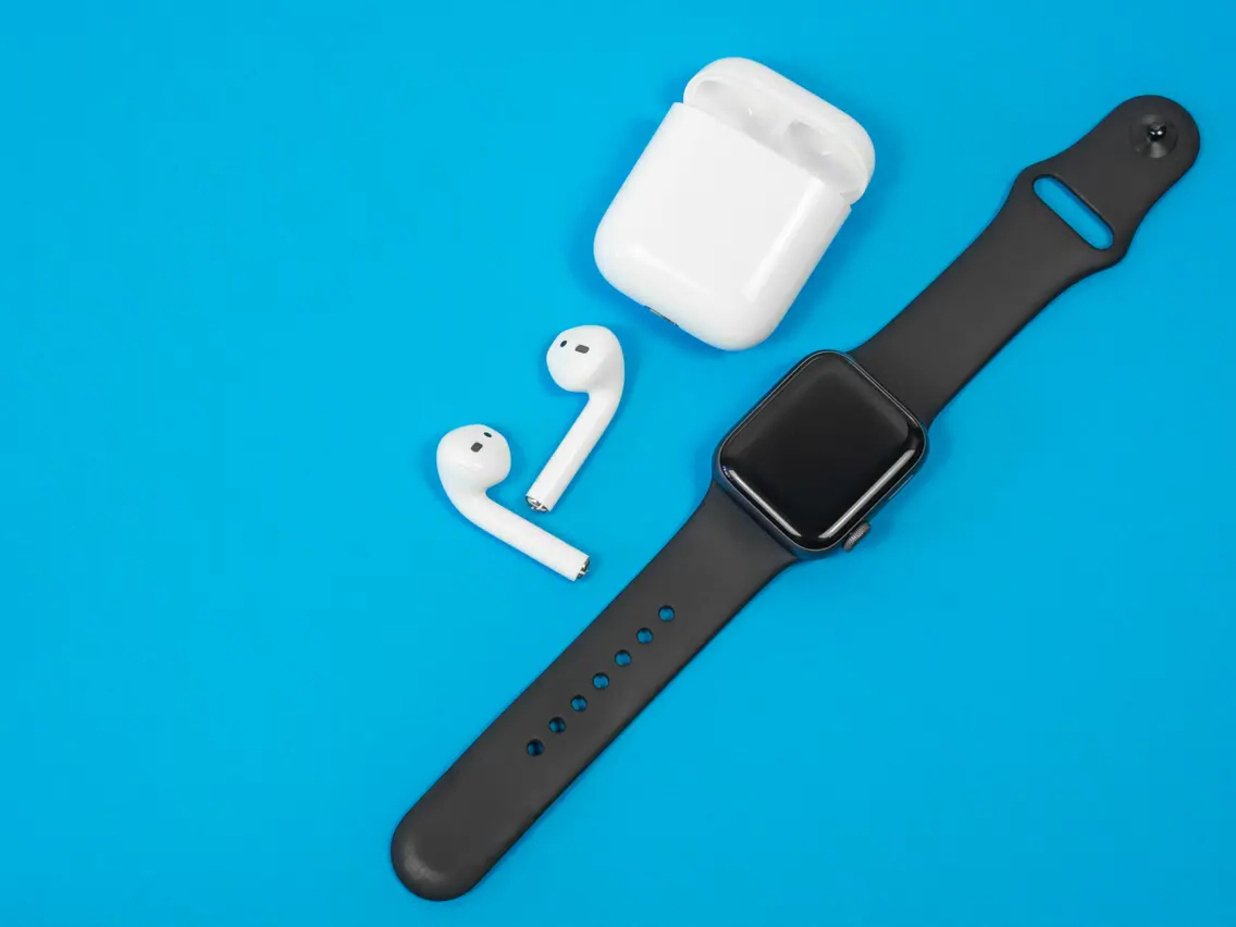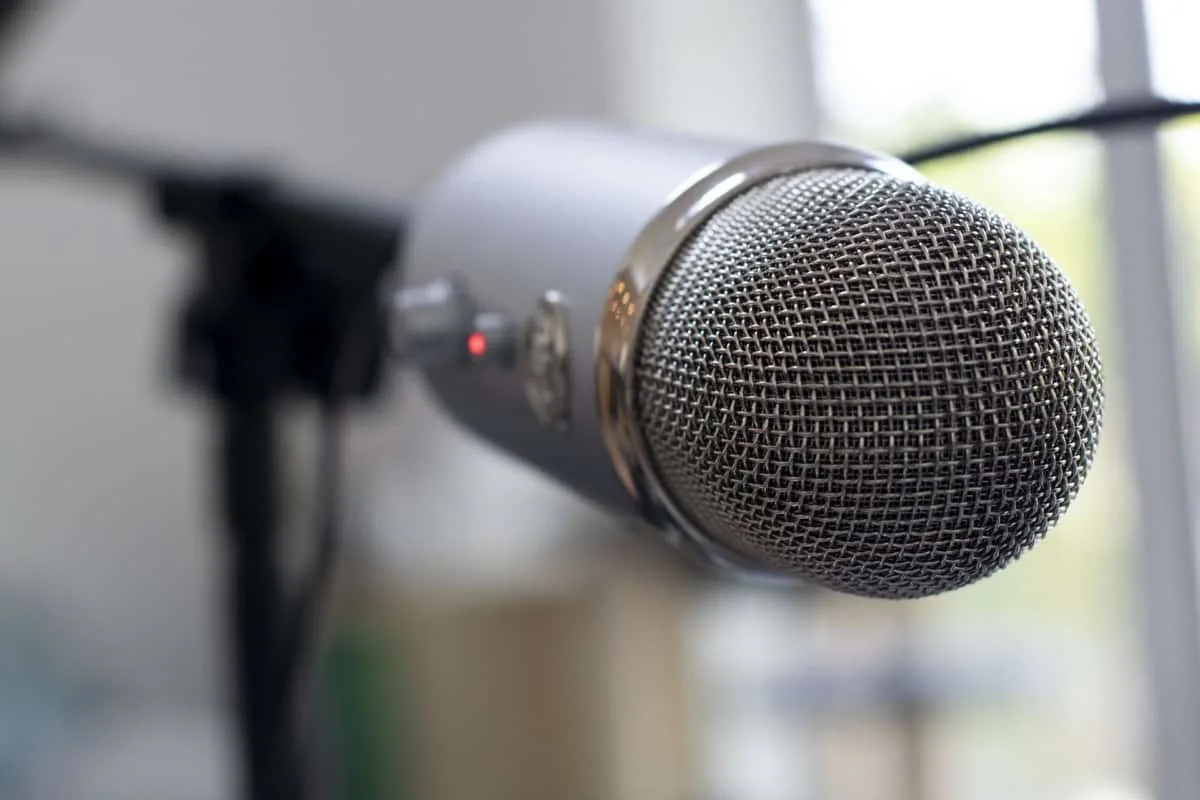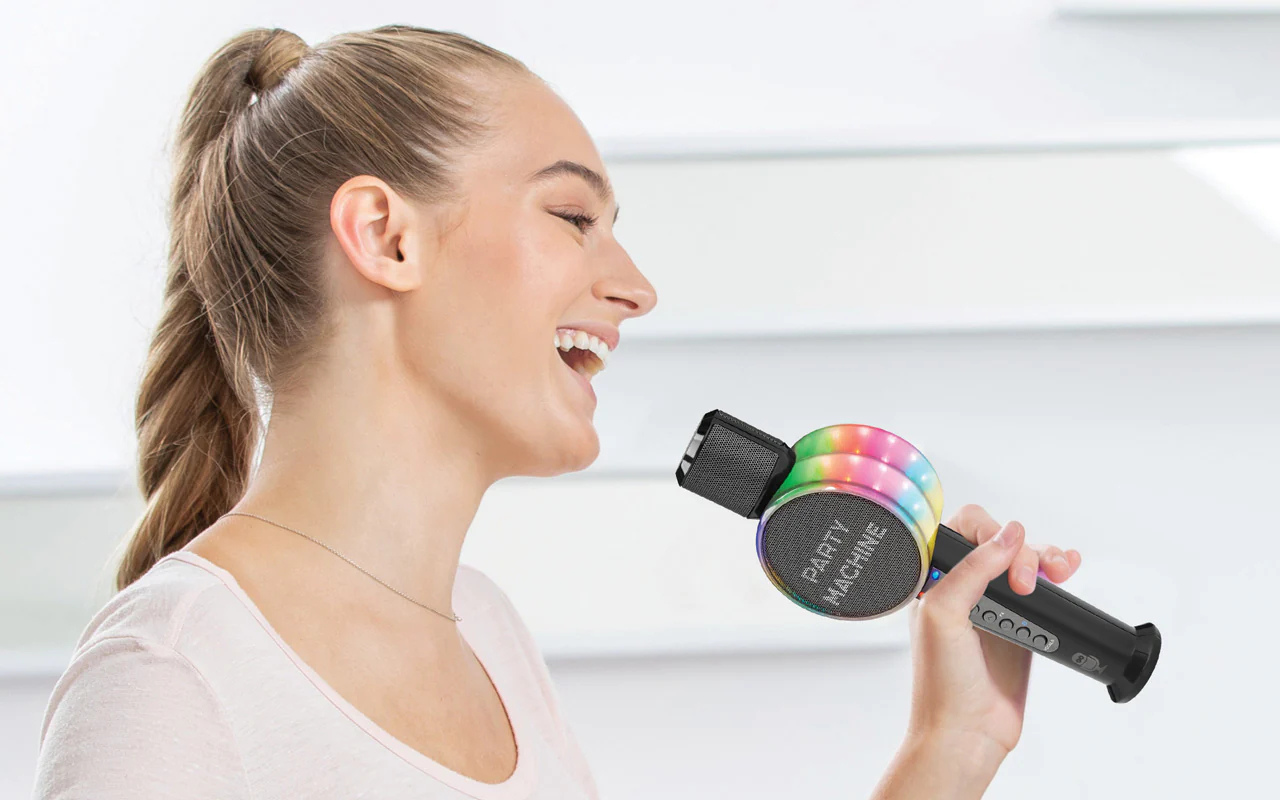Home>Devices & Equipment>Microphone>How To Use Apple Headphones As Microphone On PC
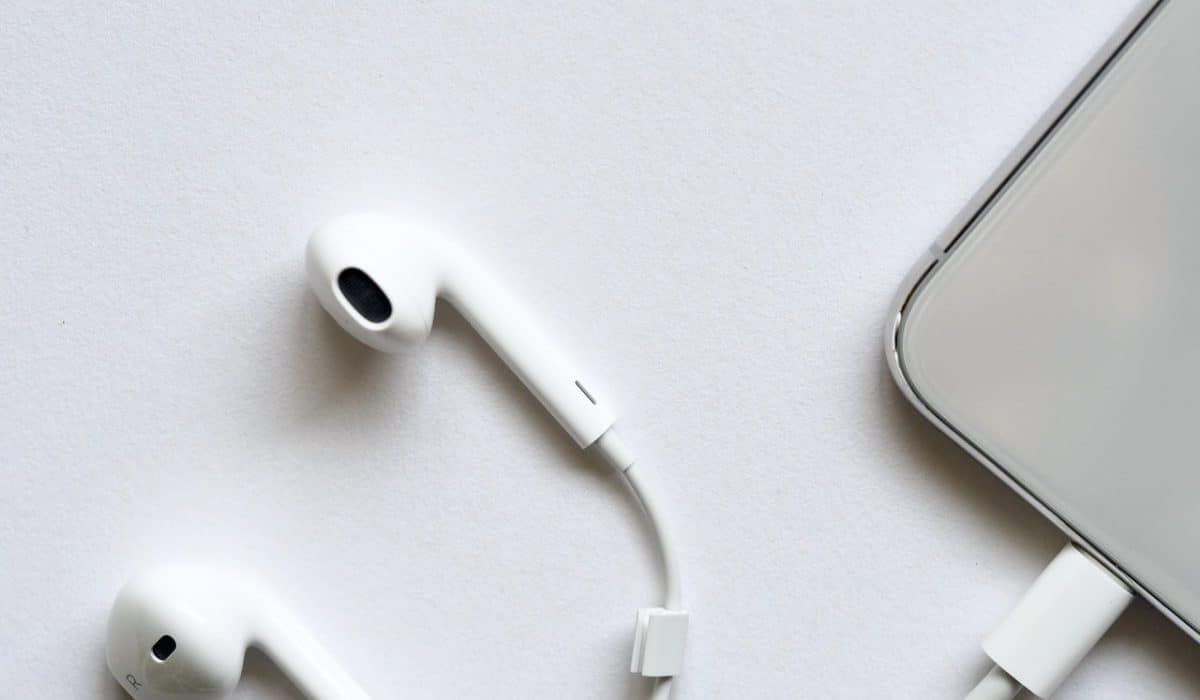

Microphone
How To Use Apple Headphones As Microphone On PC
Published: February 16, 2024
Learn how to use Apple headphones as a microphone on your PC with these simple steps. Get high-quality sound without the need for a separate microphone.
(Many of the links in this article redirect to a specific reviewed product. Your purchase of these products through affiliate links helps to generate commission for AudioLover.com, at no extra cost. Learn more)
Table of Contents
**
Introduction
**
So, you've got a pair of Apple headphones, and you're wondering if you can use them as a microphone on your PC. The good news is that with the right setup, you can indeed use Apple headphones as a microphone on your computer. Whether you want to use them for voice calls, gaming, recording audio, or any other purpose that requires a microphone, this guide will walk you through the process of setting it up.
Apple headphones, such as the EarPods or AirPods, come with a built-in microphone that can be quite handy for PC users. While they are designed primarily for use with Apple devices, they are compatible with many PCs and laptops as well. By following a few simple steps, you can harness the power of your Apple headphones as a microphone for your PC.
In this guide, we'll cover everything you need to know to use your Apple headphones as a microphone on your PC. From checking compatibility to configuring settings and troubleshooting common issues, we've got you covered. So, grab your Apple headphones, and let's dive into the world of using them as a microphone on your PC.
Using Apple headphones as a microphone on your PC not only saves you the trouble of purchasing a separate microphone but also allows you to leverage the quality and convenience of your Apple headphones for a seamless audio experience. Whether you're engaging in online meetings, creating content, or simply enjoying some gaming time, having a functional microphone is essential. With the right approach, you can make the most of your Apple headphones and enhance your PC audio setup effortlessly.
Now, let's explore the process of using Apple headphones as a microphone on your PC, starting with checking compatibility.
**
Checking Compatibility
**
Before you begin using your Apple headphones as a microphone on your PC, it's important to ensure that they are compatible with your computer. While Apple headphones are designed for Apple devices, they can work with many PCs and laptops, but there are a few factors to consider.
Firstly, check the connector type of your Apple headphones. If your headphones have a 3.5mm headphone jack, they can be easily connected to the audio input/output ports on most PCs and laptops. However, if your Apple headphones use the Lightning connector, you may need an adapter to connect them to your computer. Fortunately, Lightning to 3.5mm adapters are readily available and can be used to make your headphones compatible with standard audio jacks.
Next, consider the operating system of your PC. Apple headphones are compatible with Windows, macOS, and many Linux distributions, but it's important to ensure that your operating system supports the use of external microphones. Most modern operating systems recognize Apple headphones as audio input/output devices, but it's always a good idea to check for any specific compatibility requirements or driver updates for your PC.
It's also worth checking the specifications of your PC's audio input/output ports. Some older PCs may have separate ports for audio input and output, while newer models often feature combined audio jacks that support both functions. Ensure that your PC's audio ports are compatible with the connector type of your Apple headphones to facilitate seamless connectivity.
Additionally, if you are using a desktop PC, consider the availability of front and rear audio ports. Depending on your PC's configuration, you may need to use the appropriate audio ports for connecting your Apple headphones. Front audio ports are typically accessible on the front panel of the computer case, while rear audio ports are located on the rear I/O panel of the motherboard.
Once you have verified the compatibility of your Apple headphones with your PC, you can proceed to the next steps of configuring the settings to use them as a microphone. With the assurance of compatibility, you are one step closer to leveraging the microphone capabilities of your Apple headphones for various applications on your PC.
Configuring Settings on PC
Now that you’ve confirmed the compatibility of your Apple headphones with your PC, it’s time to configure the settings to use them as a microphone. The process may vary slightly depending on your operating system, but the fundamental steps remain similar across different platforms.
First, connect your Apple headphones to the appropriate audio input/output port on your PC. If you are using a 3.5mm headphone jack, simply plug the connector into the corresponding port on your computer. If your headphones use a Lightning connector, ensure that you have the necessary adapter to connect them to your PC’s audio jack.
Once your headphones are connected, access the sound settings on your PC. In Windows, you can right-click on the speaker icon in the system tray and select “Open Sound settings” to access the sound control panel. On macOS, you can navigate to “System Preferences” and select the “Sound” option to configure audio input and output settings.
Within the sound settings, locate the input or recording devices section. Your Apple headphones should appear as an available input device. Select your headphones as the default microphone or input device to ensure that any audio captured by the microphone is transmitted through them.
If your PC has separate audio input and output ports, you may need to specify the input source as the connector where your Apple headphones are plugged in. In the case of combined audio jacks, the system should automatically recognize the headphones as both an input and output device.
Depending on your preferences and specific requirements, you can adjust the microphone settings such as volume levels, input sensitivity, and enhancements. Some operating systems offer additional options for noise cancellation, microphone boost, and other audio enhancements that can be configured to optimize the performance of your Apple headphones as a microphone.
It’s important to test the microphone after configuring the settings to ensure that it is functioning correctly. You can use the built-in voice recorder or a communication application to check the audio input from your Apple headphones. Adjust the settings as needed to achieve the desired audio quality and ensure that the microphone is capturing sound effectively.
By configuring the settings on your PC, you can harness the microphone capabilities of your Apple headphones for a wide range of applications, including voice calls, online meetings, gaming, content creation, and more. With the right settings in place, you can enjoy seamless audio input through your Apple headphones, enhancing your overall PC audio experience.
Testing the Microphone
Once you have configured the settings on your PC to use your Apple headphones as a microphone, it’s essential to conduct a thorough test to ensure that the microphone is functioning as expected. Testing the microphone allows you to verify the audio input quality, assess the sensitivity of the microphone, and make any necessary adjustments to optimize its performance.
To begin testing the microphone, open a voice recording application or communication software on your PC. Most operating systems come with a built-in voice recorder that allows you to capture audio through the microphone. Alternatively, you can use communication applications such as Skype, Zoom, Discord, or any other platform that supports audio input from external microphones.
Start by speaking into the microphone of your Apple headphones at a normal volume. Verify that the audio is being captured and transmitted through the headphones. You should see the audio input levels indicated on the recording or communication application, confirming that the microphone is actively capturing sound.
Next, assess the clarity and quality of the recorded audio. Listen to the playback of the recorded audio to determine if there are any distortions, background noise, or irregularities in the sound. Pay attention to the overall sound quality and ensure that the microphone is capturing your voice accurately without any issues.
During the testing phase, it’s beneficial to experiment with different speaking volumes and distances from the microphone. This allows you to evaluate the microphone’s sensitivity and its ability to capture sound effectively across varying conditions. Adjust the microphone settings on your PC, if necessary, to enhance the audio input quality and optimize the performance of your Apple headphones as a microphone.
Consider conducting a test call or audio chat with a friend or colleague to gather feedback on the microphone’s performance. Engaging in a real-time conversation allows you to assess the audio quality, background noise suppression, and overall clarity of the microphone during interactive communication.
If you encounter any issues during the testing phase, such as low audio input levels, background noise, or distorted sound, revisit the configuration settings on your PC. Make adjustments to the microphone settings, input sensitivity, and any available enhancements to address the identified issues and improve the overall performance of your Apple headphones as a microphone.
By thoroughly testing the microphone, you can ensure that your Apple headphones deliver reliable and high-quality audio input for a variety of applications. Whether you’re using the microphone for voice calls, online meetings, gaming, content creation, or other purposes, conducting a comprehensive test allows you to fine-tune the microphone settings and maximize its effectiveness on your PC.
Troubleshooting Issues
While using Apple headphones as a microphone on your PC can be a seamless experience, you may encounter occasional issues that require troubleshooting to ensure optimal performance. Addressing common issues related to audio input, connectivity, and software settings can help resolve any challenges you may encounter when using your Apple headphones as a microphone.
If you experience low audio input levels or find that the microphone is not capturing sound effectively, start by checking the physical connection of your headphones to the audio input/output port on your PC. Ensure that the connector is securely plugged in, and if you are using an adapter for Lightning headphones, verify that it is properly connected and functional.
Next, review the sound settings on your PC to confirm that your Apple headphones are selected as the default input device. Check the microphone volume levels and input sensitivity settings to ensure that they are configured appropriately for capturing sound. Additionally, consider disabling any audio enhancements or effects that may be affecting the microphone’s performance.
If you encounter background noise or audio distortions when using the microphone, explore the noise cancellation and microphone boost options available in the sound settings. Adjusting these settings can help minimize background noise and improve the clarity of the captured audio. Experiment with different configurations to find the optimal balance between noise suppression and microphone sensitivity.
In the event that your PC does not recognize your Apple headphones as an available input device, check for any driver updates or compatibility issues specific to your operating system. Installing the latest audio drivers and ensuring that your operating system supports external microphones can help resolve connectivity issues and enable the use of your headphones as a microphone.
If you are using communication applications for voice calls or online meetings and encounter microphone-related issues, such as audio dropout or intermittent sound, consider updating the application to the latest version. Software updates often include bug fixes and improvements related to audio input/output devices, addressing potential compatibility issues.
Should you experience persistent issues with using your Apple headphones as a microphone, consider testing them on another device to isolate the source of the problem. If the headphones function as expected on a different device, the issue may be related to the configuration or compatibility of your PC. Revisiting the settings and potentially seeking assistance from technical support resources can help resolve complex issues.
By troubleshooting common issues related to using Apple headphones as a microphone on your PC, you can overcome challenges and optimize the performance of the microphone for various applications. Addressing connectivity, settings, and software-related issues empowers you to leverage the microphone capabilities of your Apple headphones effectively, ensuring a reliable and high-quality audio input experience.
Conclusion
As we conclude our exploration of using Apple headphones as a microphone on your PC, it’s evident that with the right approach, you can harness the microphone capabilities of your headphones for a diverse range of applications. By following the steps outlined in this guide, you can seamlessly integrate your Apple headphones into your PC audio setup, unlocking their potential as a reliable and high-quality microphone.
From checking the compatibility of your headphones with your PC to configuring the settings, conducting thorough tests, and troubleshooting potential issues, you have gained valuable insights into the process of using Apple headphones as a microphone. This knowledge empowers you to optimize the performance of your headphones for voice calls, online meetings, gaming, content creation, and other activities that benefit from clear and effective audio input.
By leveraging the microphone capabilities of your Apple headphones, you not only enhance your audio experience but also eliminate the need for a separate microphone, streamlining your setup and maximizing convenience. Whether you’re engaging in virtual communication, recording audio, or immersing yourself in gaming adventures, your Apple headphones serve as a versatile and reliable microphone solution for your PC.
As you continue to explore the possibilities of using your Apple headphones as a microphone, remember that periodic checks and adjustments to the settings can further optimize the audio input quality and overall performance. Additionally, staying informed about software updates, driver compatibility, and best practices for utilizing external microphones can contribute to a seamless and efficient experience.
Ultimately, the ability to use Apple headphones as a microphone on your PC expands your audio capabilities, offering a practical and cost-effective solution for capturing clear and crisp sound. Embracing the versatility of your headphones for audio input enriches your digital interactions and creative endeavors, empowering you to communicate, collaborate, and create with confidence.
With the knowledge and insights gained from this guide, you are well-equipped to harness the microphone potential of your Apple headphones, elevating your PC audio experience and unlocking new opportunities for seamless and impactful audio communication.


